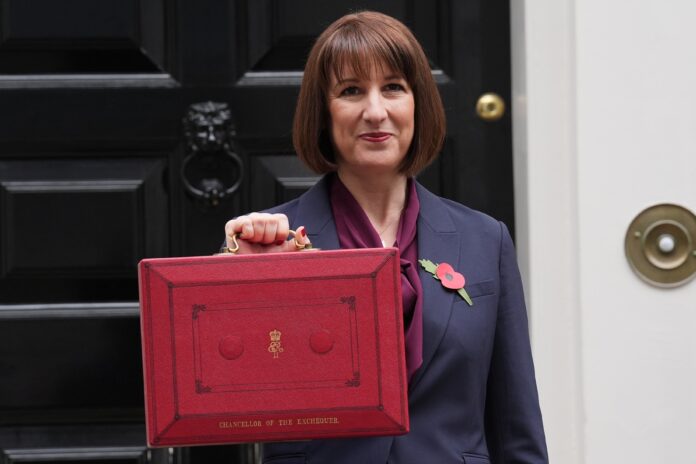The lowest 10 per cent of earners will see their tax burden increase by £600 a year as a consequence of the Chancellor’s freeze of the personal tax thresholds until April 2028, according to the latest quarterly UK Economic Outlook by the National Institute of Economic and Social Research.
While their expect aggregate real personal disposable income to grow in 2024-25 and 2025-26, living standards for average UK households will not return to pre-2022 levels before the end of 2025-26. The hit to living standards is already being felt, with households in the bottom-income decile worse off by around 20 per cent this year compared with the year before the cost-of-living crisis, which amounts to approximately £2,500.
And, whilst they expect real wage growth to remain strong at around 2.2 per cent in 2025, the effect on the living standards for the bottom 40 per cent of households will be smaller because the costs of rents and mortgages largely cancel out any gains from the real wage growth.
Inflation is likely to exceed 3 per cent at the beginning of 2025 and remain above target throughout the first half of the year before coming down again. Looking further ahead, we expect CPI inflation to be volatile but to stay close to the Bank of England’s target of 2 per cent.
In light of this, the analysis anticipate a slightly slower unwinding of monetary policy, and forecast a further cut of 25 basis points in November this year, followed by three additional rate cuts in 2025 of equal magnitude. Over the medium run we expect the base rate to settle at around 3.25 per cent.
As for economic growth, despite a strong start in the first half of the year they expect GDP growth to remain around its trend rate of 1 per cent over 2024 as a whole. Looking ahead, we anticipate growth of 1.2 per cent in 2025 and 1.4 per cent in 2026 as the spending measures announced in the budget lead to an expansion of demand.
Professor Stephen Millard, Deputy Director for Macroeconomic Modelling and Forecasting, said:
“Last week’s landmark budget – the first by a Labour Chancellor in 14 years – will boost demand over the next couple of years implying higher GDP growth and inflation, as well as slow down the fall in interest rates. And the rise in the employer rate of National Insurance Contributions will act to reduce job creation over the coming years, which will lead to greater unemployment.
More positively, the change in debt target has allowed some increase in public investment, which should help growth. But exactly when and by how much remains to be seen. My hunch is that more needs to be done.”
Professor Adrian Pabst, Deputy Director for Public Policy, said:
“The government’s focus on faster growth through greater investment is welcome, but some of the tax decisions risk discouraging more business investment while penalising low-income households. Keeping the personal tax thresholds frozen for another 3 and a half years will make the bottom 10 per cent of earners about £600 per year worse off.
It would be better for the living standards of those households that have been hit hardest by the shocks over the past few years if the government raised income tax for top earners while unfreezing the thresholds. It’s time to throw off the self-imposed fiscal straitjacket and do the right thing for the economy and society.”







